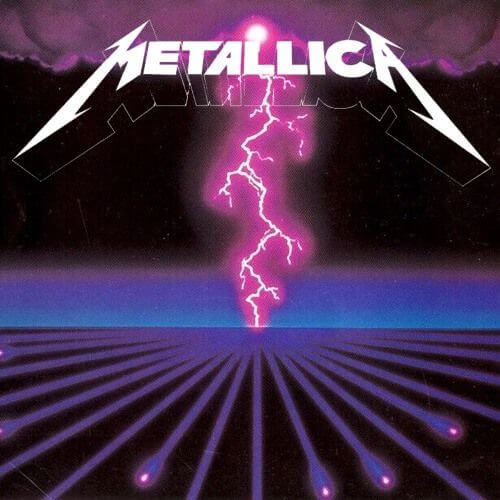The song’s lyrics were inspired by the 1940 Ernest Hemingway novel. The story is about an American man who is assigned to take down a bridge that was held by the Fascist army during the Spanish Civil War, which is the precursor of World War II. He was in love, and discovered some very troubling things about life and death.
The 1623 poem “For Whom the Bell Tolls” by John Donne in English, which was written:
Send not to be known
Whom the bell rings?
It calls for thee
The title was used in Hemingway’s book.
This song is a comment on the futility and cruelty of war. To make this point, the last few lines of the song differ from the book.
Cliff Burton’s distinctive lead bass style can often be mistaken for a solo guitar. Burton used light distortion to play the intro on his bass.
Kirk Hammett claims that Burton played the intro bass riff a lot when they were in their hotel rooms. The guitarist told Rolling Stone that Burton used to have an acoustic guitar classical that he tuned so he could bend the string. However, whenever he played that riff, I thought, “That’s such an odd, atonal chord that isn’t really weighty at all.”
Hammett said, “I recall him playing it for James (Hetfield vocals), and James adding this accent to it and all the sudden, it changed.” It’s a wild riff. “It’s such a crazy riff. It’s almost like Cliff’s in my house, whenever I hear it.
The song’s three credited writers are Burton, Hetfield, and Lars Ulrich.
Ride The Lightning was the second Metallica album and was co-produced by Flemming Ramussen. He also worked on their two next albums. When the band decided to record the album abroad, studio time was much cheaper than in America due to the favorable exchange rate. Rasmussen’s Sweet Silence Studios, Copenhagen was chosen by the band and he served as co-producer and engineer.
They tried something different on this song. Rasmussen stated that “For Whom the Bell Tolls” was the first song they ever made to a click track in a interview. It was a bit tricky. Lars was also learning to click.
The song begins with the sound of a bell ringing, which echoes throughout the song’s first minute before slowly fading out. This is the second most famous rock song to do so, behind AC/DC’s ” Hell’s Bells” from their 1980 album back In Black.
AC/DC ordered a one-ton custom bell from a foundry. They recorded it using a mobile unit with 15 microphones. Metallica used a sound effects reel.
Flemming Rasmussen explained to Songfacts that they edited the bell effect to make it fit and match the tempo. “I copied it, and cut it where it was supposed”. Once we had the tape at the right place, it played automatically and was then placed in 24-track.
